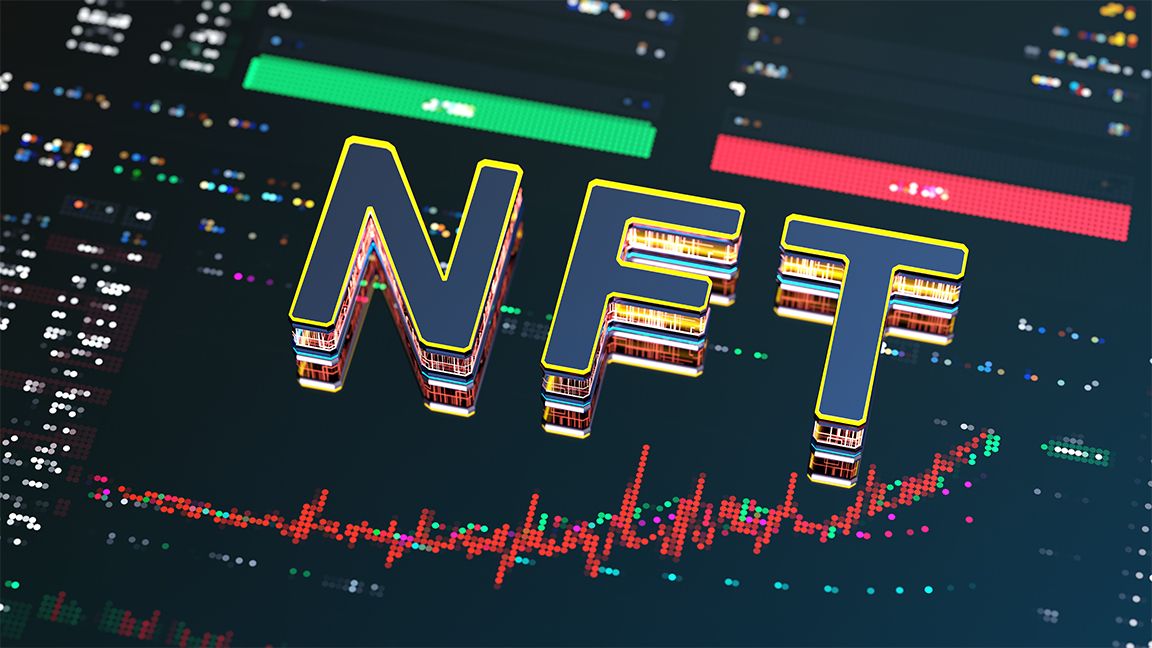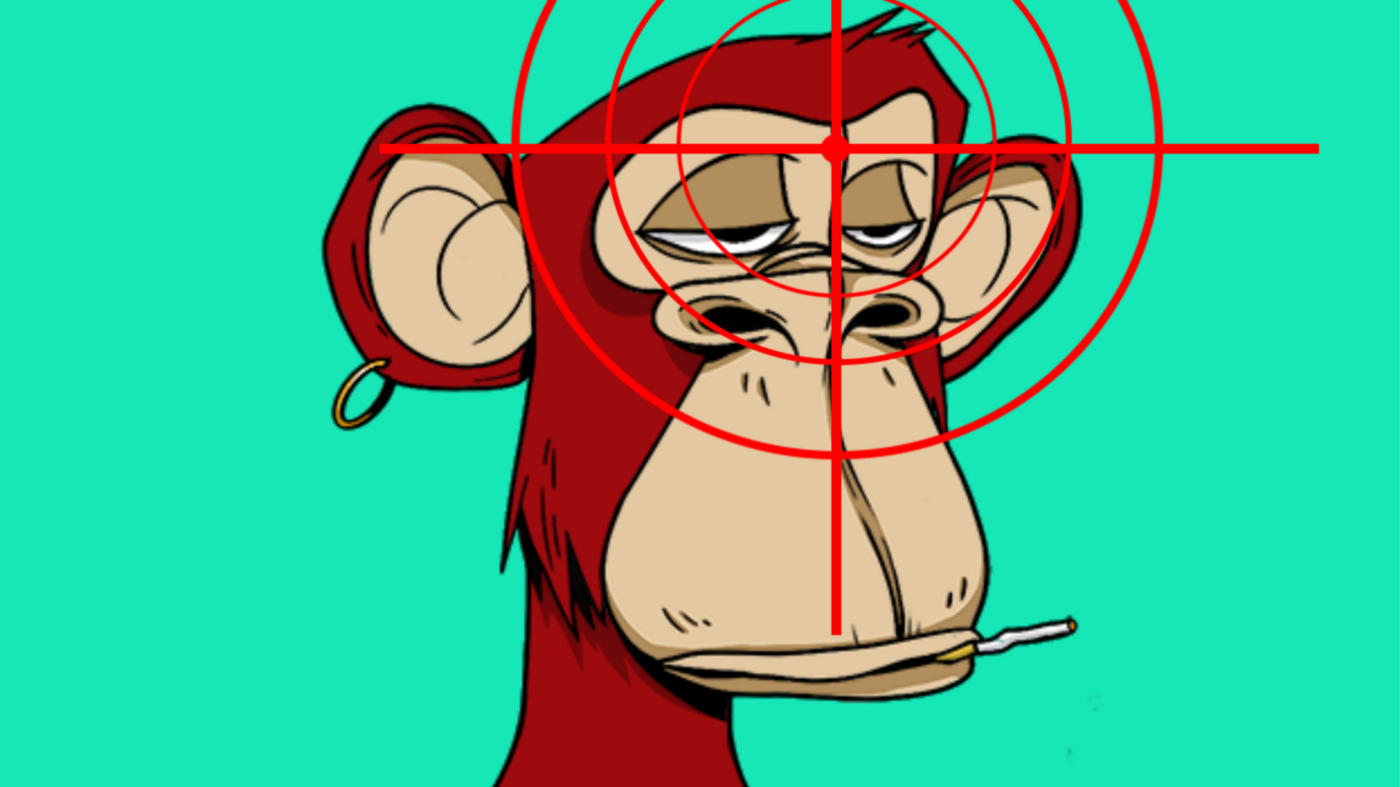NFTs have already changed the world. Now it’s time to work through common issues causing the NFT market crash and create more ways to benefit average consumers
As you are most likely aware, there has been a decrease in activity for buying and selling NFTs, causing the NFT market crash. One of the reasons follows the bear market in cryptocurrencies. However, numerous other factors play a part in the decline.
Many go as far as saying NFTs are dead. Although, that’s hard to believe considering a CryptoPunk was recently acquired for $4.5 million, following Tyler Hobbs’ NFT collection selling for $17 million, and a Bored Ape Yacht Club for $1 million.
So, here’s our take on reasons for the NFT market crash and what you should know about the potential, positive future of NFTs before jumping the gun.

Reasons for the NFT Market Crash – How It Can Be Fixed
Many issues have led such digital assets to decline. Here are a few of the most common issues related to the NFT market crash:
The FTX Bankruptcy
Just recently, one of the largest exchanges in the world, FTX, went bankrupt. With it, hundreds of millions of dollars of investors’ money were removed from the market and cryptocurrency prices across the board dropped over 15% in a single day. With this news, NFT buyers have been a bit cautious about buying new blockchain-related products. We think this is a short-term trend that will reverse in the coming months.
Fortunately, the floor price of popular NFT collections has been relatively unaffected by the news…but it isn’t helping with market sentiment.
Common NFT Scams
One of the most significant reasons for the hard crash of NFTs includes the digital assets being rife with scams. Sadly, shady curators make up much of the market, creating websites and selling fake pieces of art, sports memorabilia and more.
Another major issue regarding scams includes rug pulls—a scheme that happens when crypto developers sell their digital assets to consumers before abandoning it and leaving the buyer with nothing to show for the sale. This usually happens by either taking off with the funds or selling pre-mined assets.
Nevertheless, there are many ways in which to keep your digital assets safe and to ensure you only purchase legit NFTs, including:
- Keep your logins private: Never share your crypto information with anyone and ensure you keep your seed phrase hidden.
- Use two-factor authentication: Don’t just rely on your passwords to keep yourself secure, but also face and fingerprint recognition.
- Consider cold storage wallets: Cold storage wallets are offline wallets used for storing cryptocurrencies, protected from hacks online.
- Ignore suspicious messages: Ignore messages, texts, emails or websites that look suspicious or sound too good to be true. They are likely phishing attempts to get your downloading software that reveals your credentials and sensitive information.
- Research NFT projects before engaging: One of the critical tips before purchasing NFTs is to check out the website URLs, sellers and applications you access. Ensure the projects have blue tick marks next to sellers’ names, and check their social media channels and listings. Also, compare the history of past transactions.
Although sounding like a lot of security measures to put in place, they take little effort to implement and can save a lot of money, stress and time in the long run.
Uncertainty Regarding Use Cases
One of the most significant advantages of NFTs is that they should have real-world value. So whatever sells on a marketplace is worth reselling or trading later. While this is great for digital art, it’s not always beneficial for digital assets that offer physical items, like clothing. Hence, the majority of popular NFTs are digital art.
Many experts in the crypto sphere don’t necessarily fully understand the need for NFTs (other than digital art and collectible items), alongside what the future holds for this budding industry.
However, the critical aspect of NFTs includes representing unique, trustworthy ownership of all assets and files. Thus, the use cases of NFTs are limitless. For example, they can represent academic credentials, event tickets, identity verification, and more.
These digital assets can also offer creatives, like musicians or artists, autonomy and control over their data and creations, including fixing significant industry concerns regarding intellectual property rights and royalties.
CryptoCurrencies: Price Decline
As mentioned above, there has been a decline in cryptocurrencies. According to CoinMarket cap, the market has shrunk from $1.02 trillion to $960 billion, representing a 15% increase since early this year.
Following this, all prices of cryptocurrencies have fallen, including the cost of Ethereum—a significant issue for the NFT market, considering a total of 80,300 NFT collections live on the Ethereum blockchain.
Once prices go back up, the NFT market is likely to be the next hot investment like before. Therefore, investing now can benefit you in the long run regarding investment and trading purposes.

Our Opinions – The Future of NFTs
Similarly to real estate, everything that goes up must, at some stage, go down. As a result, many involved in Web3 are taking a break to move beyond avatar art and focus on ways we can use digital assets to progress creatives and numerous sectors.
It’s essential to look at the possible use cases and outcomes of NFTs rather than perceiving the digital assets as JPEG files that sell for millions.
This technology has almost limitless applications beyond simple pixelated art. There’s much more to it than what meets the eye. Check out this article regarding the future of music NFTs, for example.
NFTs also bring an improvement to security. The digital assets can be the future of paper transactions that proves authenticity and cannot easily be lost.
Moreover, they are virtually unhackable systems that are encrypted, easy to distribute, and that you can’t alter. Thus, has the advantage of making identity theft a thing of the past.
If everyone were also to research projects before purchasing such assets, and not click on suspicious messages, NFT projects and the industry would have a much better reputation and a higher chance of surviving.
The blockchain technology used for NFTs has already changed the world. Now, it is time to work through the above issues and think of more ways the digital assets can benefit average consumers for widespread adoption.
Subscribe to the NFT Lately newsletter to receive news covering the latest NFT drops, releases, reviews and more.



